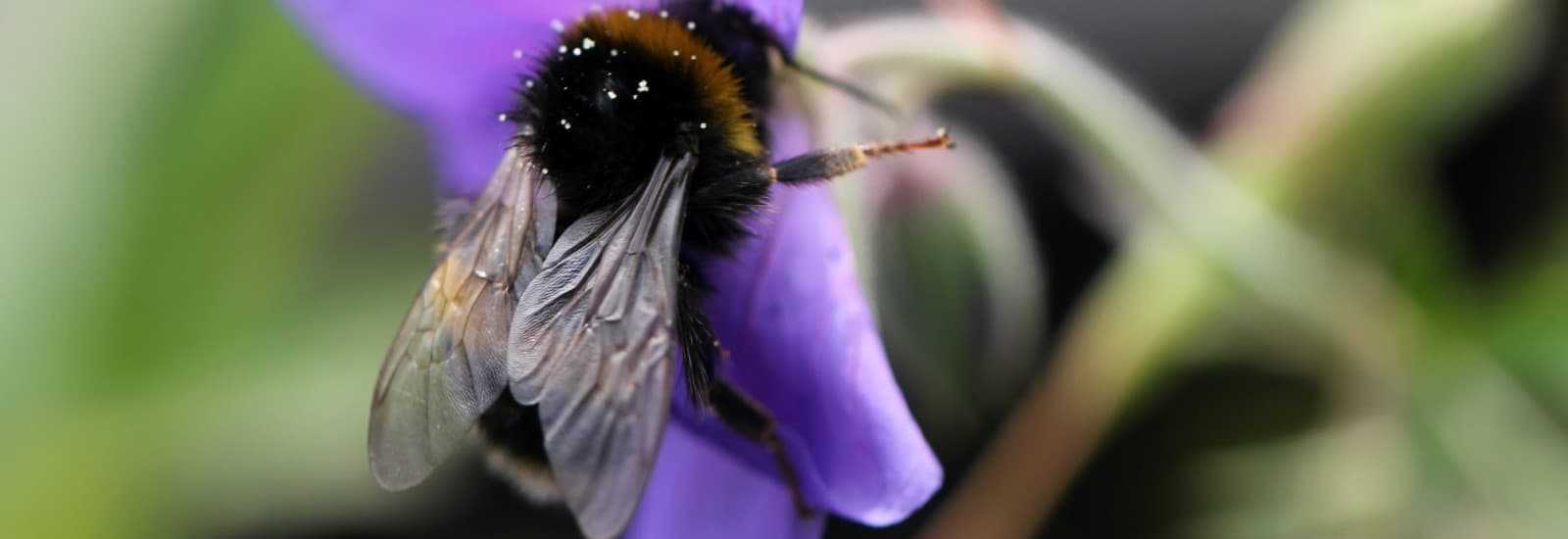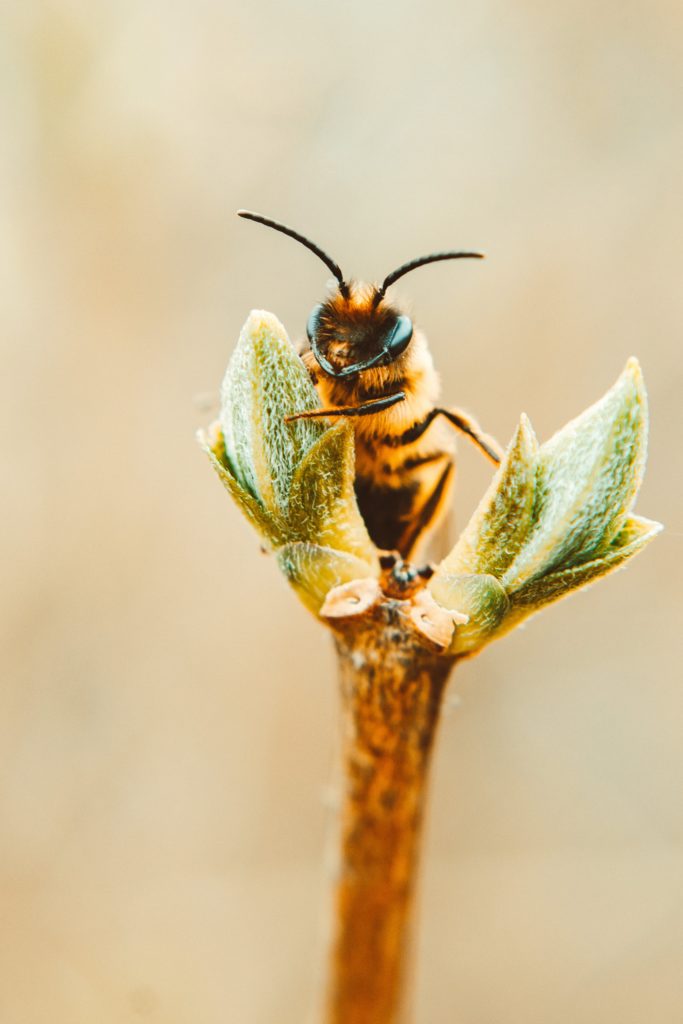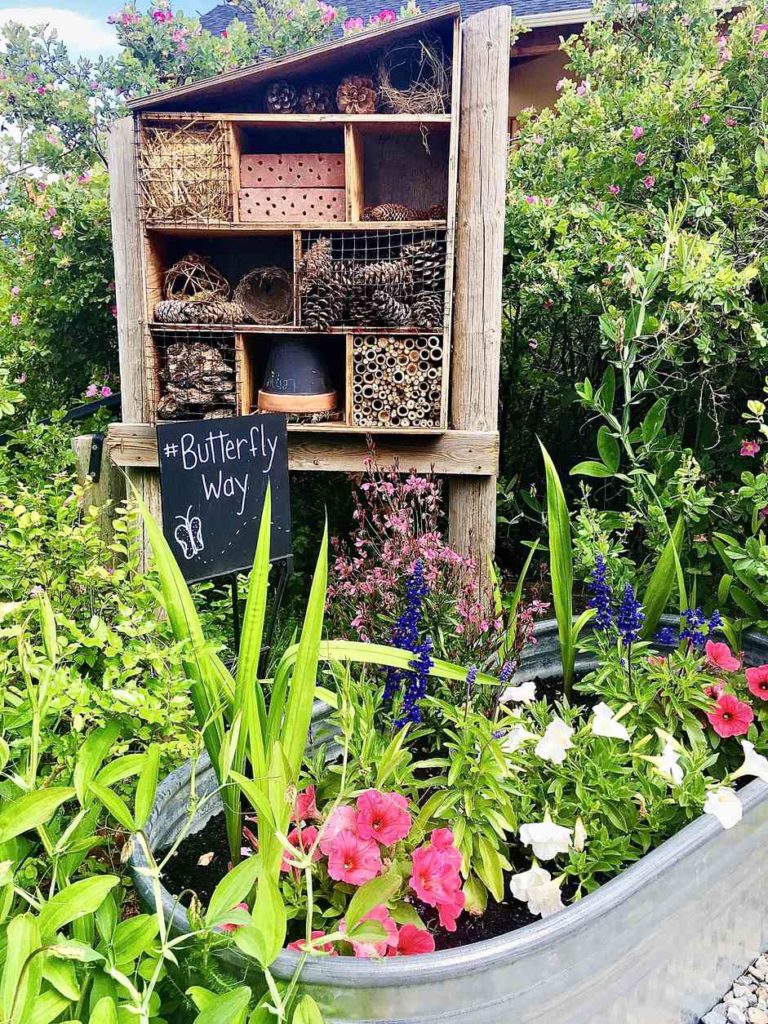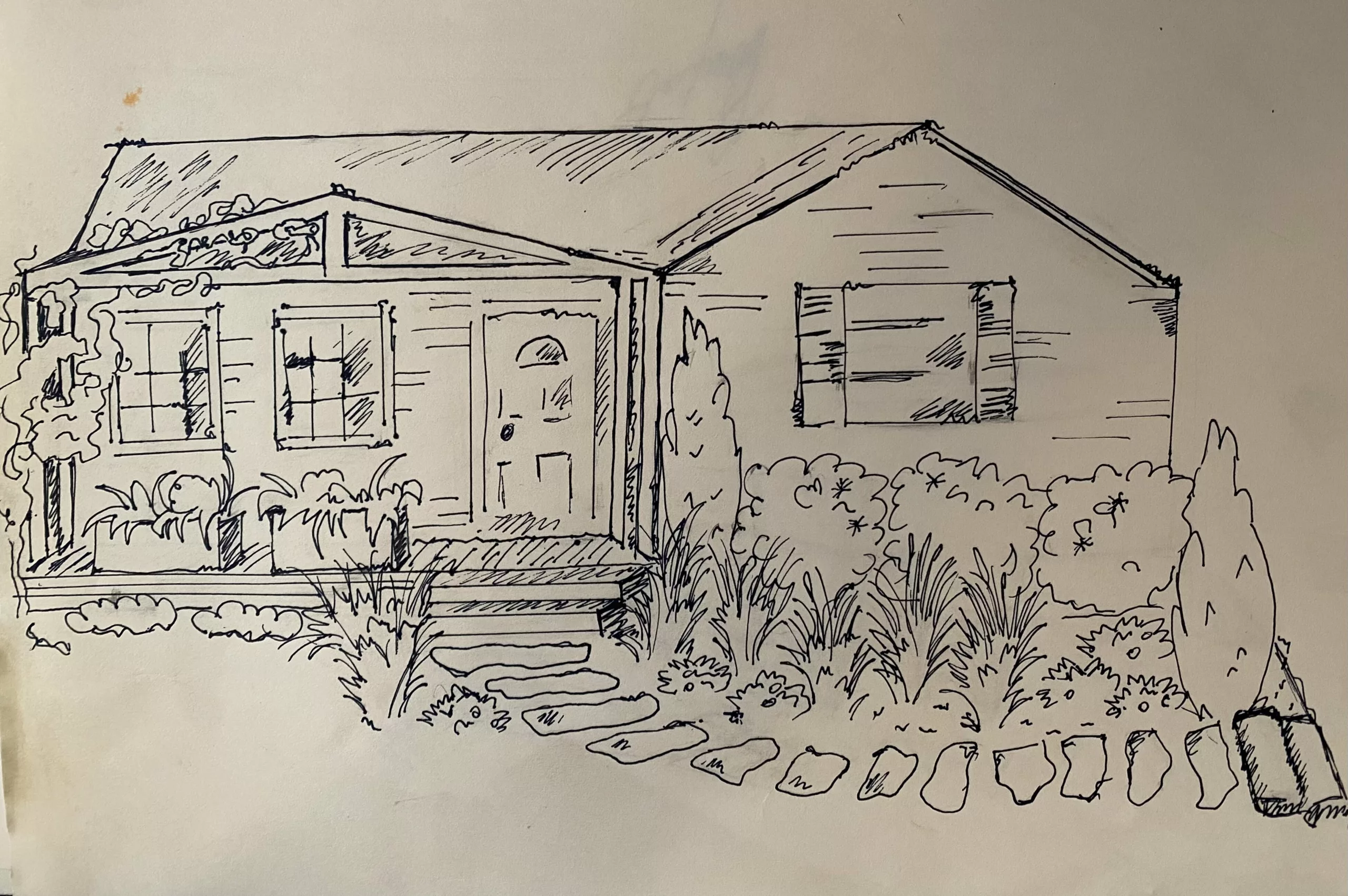“Wait a minute, a DIY Bee House? I thought bees lived in hives.”
Well, they do! For the most part…
The bees we are most familiar with, honeybees, live in hives. However, there are literally thousands of different bee species, and not all of them like living in such close quarters. For example, various species of sweat bees and carpenter bees prefer to live in solitude, creating one-bug-nests in soft or decayed wood.
Making habitat places for other types of bees is an important way to invite these crucial pollinators into our gardens. Plus, creating a DIY bee house can be a fun and exciting way to add a splash of creativity and wonder to your garden. Let’s dig into why and how to make these special bee houses!

Do Bee Houses really work?
The short answer is yes, bee houses or hotels absolutely work to help solitary bees find shelter for their eggs and larvae. However, there is one huge caveat. (Isn’t there always?)
Most store-bought or mass-manufactured bee houses are cheaply made and poorly designed. This means that chic new bee house at Homestore Wherever might be a death trap to your local bees, rather than a sanctuary.
That said, well-constructed and maintained bee houses are incredibly effective. Just like every other living thing on planet Earth, bees are facing unprecedented habitat loss. Any bit we can do to help mitigate these effects and keep our pollinators is a step in the right direction.

Bee houses for garden
There are so many reasons to keep bee houses in your garden. For starters, almost one-third of all flowering plants require pollinators in order to set fruit. And bees are some of our most diverse and valuable pollinators! Keeping habitat for all the bees, ensures we get all the pollination, and that means delicious fruits and vegetables.
Another reason to invite bees into the garden is to reduce insect pest populations. When beneficial insects, such as pollinators, are abundant in our gardens, they out compete and expel harmful insects, such as aphids and predatory beetles. This reduces our dependence on pesticides, which in turn improves habitat for beneficial insects and animals. It’s definitely a win-win situation for us, and the bees!
If you do keep bee houses in your garden, select a warm, shady spot. Depending on where you live, you may want to bring your bee house into the garage or shed over winter. This protects those precious bee eggs and larvae, ensuring they’ll be ready to hatch in the summertime!

Source
DIY Bee House
I’m sure after hearing all these great reasons to keep a bee house, you’re totally itching to make one, right?
Luckily, there are a million different ways you can make bee houses. The sky’s the limit as long as you follow these five guidelines to ensure your bees stay healthy and safe:
- The back of your bee house should NOT be open. Otherwise there’s room for parasites, pests, and predators to get in and hurt the bees.
- Make sure tubes or holes are big enough for the bees to enter. (This one seems self-explanatory, but we had to say it).
- Keep the inside of the tubes as splinter-free as possible. Although bees have a thick exoskeleton, that’s no reason they should lay their delicate eggs in a tube filled with splinters and spikes! Try fitting a dowel rod with fine-grit sandpaper to get in there and smooth your wood or bamboo tubes.
- If making tubes, make sure they are removable. You want to be able to clean the tubes so that fungi, mold, or bacteria can’t infect your bee house. These pathogens can make your tenants vulnerable to disease and sickness.
- Do your best to keep moisture out! Make sure your bee house has a roof, preferably with a bit of an overhang to keep your bee houses moisture-free.
There you have it! A Barefoot-Crash-Course on DIY bee houses! Be sure to join our community of gardeners for more tips and tricks. And be sure to share your bee house experiences with us over on our instagram or facebook pages.







